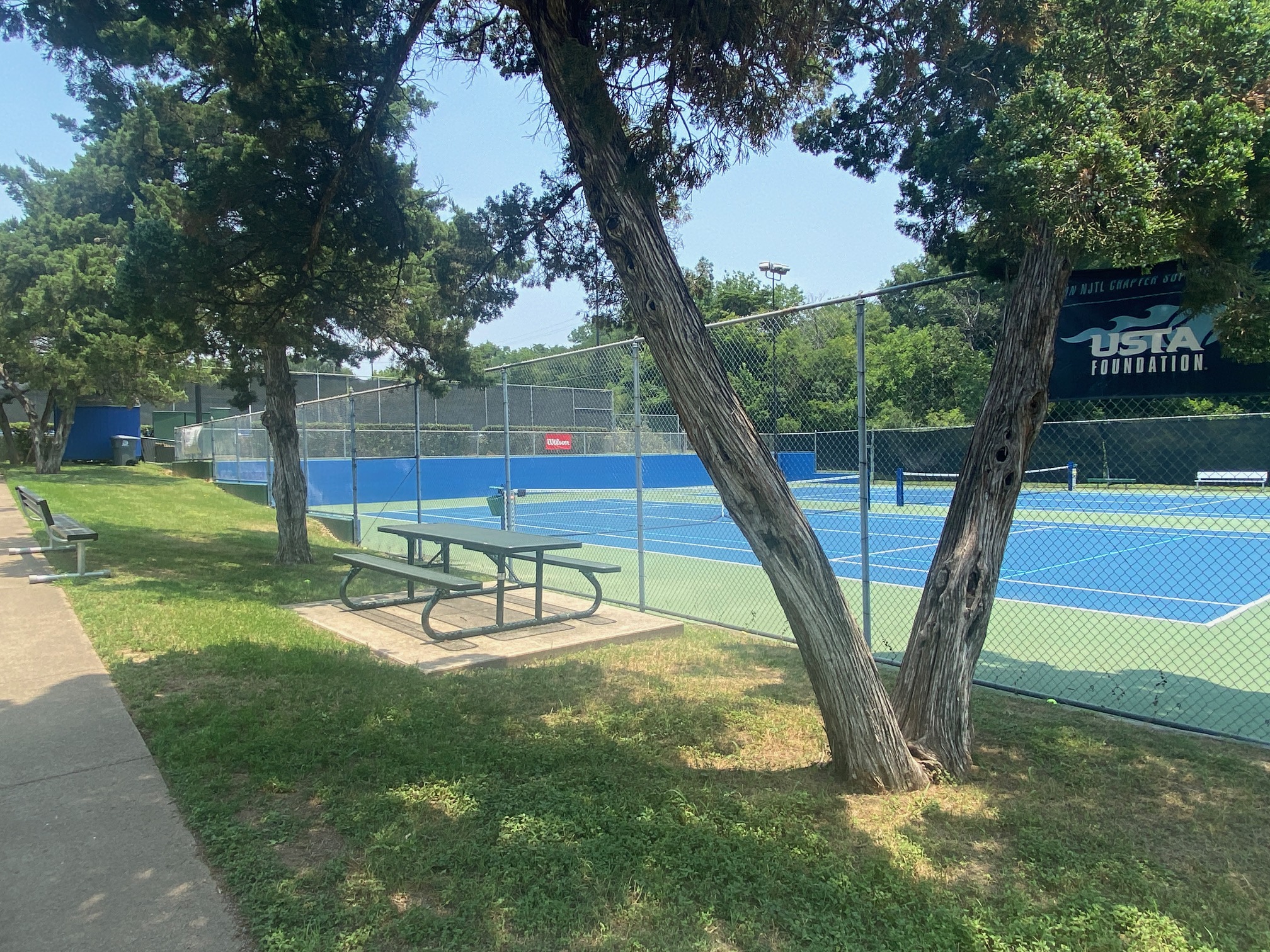I just had the realization that I am on a broad sweeping arc within a much larger sweeping arc in this series. Bear with me. The larger of the two arcs is the return of amateur recreational tennis following the COVID-19 suspension of play. The interior arc is my concern that post COVID-19 participation might diminish. Within that thread, I am currently exploring the factors that motivate people to play various events.
Today I want to examine motivation within the context of junior tennis. This will not be news to anyone with kids in the proximity of the teenage years… these are entirely different beasts than adults. I say that with genuine affection.
I should also preface any further comments with a disclaimer. Despite the fact that one of my kids played junior tennis, I have no insight whatsoever in what it takes to be a successful tennis parent. The umpire I gave birth to will back up that statement 100%. If I ever write a book about tennis, it will most certainly NOT be about how to be a good tennis parent.
That being said, I was asked recently what was the one thing I would share with a tennis parent of a kid starting out in junior tennis. My answer to that question is to make sure that the kid is intrinsically motivated and having fun. Ultimately that is the only thing that matters.
Yesterday I described how an exclusive adult tournament “The Masters” was a powerful incentive for adults to play tournaments in Texas. The tiered structure in the junior levels of competition that creates a similar system of exclusivity. While that structure is currently in the process of being overhauled by the USTA at the national level, the concepts of players being incentivized to qualify to compete at the next higher level remains intact.
One reason why junior players might want to move up in levels is because there is simply a genuine culture of players trying to be the best player than they can be. Another potential reason is because tennis can also be a path toward earning a tennis scholarship or a ticket to getting into a university that would not have been attainable otherwise.
Whatever the reason may be, junior players have a more pervasive culture of continuous improvement. For the vast majority of competitive junior players, tennis is a relentless pursuit of mastery at increasingly higher levels.
That statement is also true of some adult tennis players. However, it is less universally true for adults than the juniors. Things can go really sideways when players in a tiered level hierarchy aren’t incentivized to behave as expected.



